Ever wondered where the world's holiest place is? For countless devotees, that place is Mount Kailash, considered a sacred place in four religions: Hinduism, Buddhism, Jainism, and Bon. The Kailash Range, considered to be one of the most sacred by Hindus, is said to be 30 million years old and formed during the early stages of the formation of the Himalayan mountains. Located in the remote south-west corner of Tibet in the Himalayan Mountains, rising at an elevation of 6,638 m, and said to be the holy residence of Lord Shiva and Goddess Parvati.
Our Kailash Mansarovar Tour Package for Nepali is a journey that goes beyond a physical trek, as this tour is one of the greatest experiences one is likely to have that offers spiritual purification, personal transformation, and a deep connection to the divine. This pilgrimage takes you to sacred Mount Kailash and Lake Mansarovar, which hold immense significance in spiritual traditions. This Kailash Mansarovar Tour is meant especially for those seeking the physical challenge of a high-altitude trek and who are quite eager to experience the spiritual journey often linked with the area. Let us guide you to explore this sacred site with our 11-Day Kailash Mansarovar Tour Package.
Kailash Mansarovar Yatra Facts
Kailash Mansarovar, a sacred site, is a most significant pilgrimage destination for Hindus, Buddhists, Jains, and the followers of Bon. This place is renowned for its natural beauty, religious significance, and the challenging pilgrimage journey it offers. Mount Kailash is known as the “Stairway to Heaven,” as it is believed to be the source of divine power, attracting thousands of pilgrims and adventurers from around the world. Here are some facts about the Kailash Mansarovar Yatra, as it gives you new insight into it.
|
Fact |
Details |
|
Location |
Tibet Autonomous Region, China |
|
Chinese Name |
Gang Rinpoche |
|
Altitude |
|
|
Distance of Parikrama |
Around 52 km from Yama Dwara to Mount Kailash |
|
Religious Significance |
|
|
Attractions |
|
|
Travel Documents and Permit |
|
|
Travel Restrictions |
Limited to organized groups; individual travel is not permitted. |
|
Best Time to Visit |
Spring (May) Summer (June, July, August) Autumn (September) |
What is the Kailash Mansarovar Yatra?
The Kailash Mansarovar Yatra is a pilgrimage that transcends the physical journey, where every step brings you inward, drawing you closer to the divine in the heart of the Himalayas. It is one of the holiest journeys undertaken by Hindus, Buddhists, Jains, and Bon practitioners, each of whom holds Mount Kailash and Lake Mansarovar in profound spiritual reverence.
Kailash Mansarovar Yatra, also known as Kailash Yatra, is a deeply spiritual pilgrimage involving the circumambulation of Mount Kailash, a sacred peak located in the Tibet Autonomous Region of China. The journey starts from Kathmandu and continues towards the sacred sites of Mount Kailash and Lake Mansarovar. You will be undertaking the Kailash Kora, a physically demanding trek around Mount Kailash. The term “kora” refers to the act of walking a circular path, usually clockwise around a sacred site, as an act of devotion, prayer, and spiritual purification. It is a challenging 52-kilometer trek that devotees undertake as an act of devotion and spiritual purification. Kailash Yatra presents several challenges, both physical and environmental, which devotees must overcome to complete the journey. The yatra starts from Yama dwar, the first point of the parikrama, and concludes in Zuthulpuk near Darchen Point and will be completed in 3 days. For the devotees, each step on this Kora is a spiritual act, symbolizing the cleansing of sins.
Kailash Mansarovar Yatra goes beyond the physical realm, offering a deeply spiritual journey that challenges both the body and the soul. This journey is an act of devotion, with each step taken during the Kora represents a deeper connection to the divine and a path towards spiritual cleansing. Despite the challenges of the rugged terrain and high altitudes, the Yatra is a life-changing experience, leaving pilgrims with a deep sense of peace, purpose, and a lasting spiritual bond.
Kailash Mansarovar Tour Attractions
Kailash Mansarovar Yatra is not just a pilgrimage; it’s a deeply spiritual journey that takes you through the rich traditions and sacred landscapes of the Himalayas. Along the way, you will encounter several key attractions that are central to the spiritual essence of the yatra. Here are the main highlights of the journey:
Mount Kailash
Mount Kailash, also known as Gang Rinpoche (Precious Snow Mountain), is clearly one of the most fascinating peaks on earth for several reasons. It is referred to as the “Center of the Universe” and is a sacred peak in Hinduism, Buddhism, Jainism, and Bon. At an elevation of 6,638 meters, it is said to be the holy residence of Lord Shiva and Goddess Parvati. The mountain’s unique pyramid shape and snow-covered top create a stunning view for travelers. Mount Kailash is unique among mountains, being both unclimbed and unclimbable. It is tough because of its harsh surface, severe climate, and geographical isolation, and its cultural significance stops people from even thinking about attempting it.
Lake Mansarovar
The main highlight of your tour is the most-awaited Lake Mansarovar, renowned for being the purest and also considered to be the world’s highest freshwater lake. It has been assumed by the Hindus that the divine Lake Manasarovar has been formed by Lord Brahma. This invincible lake is no less than a ‘Spiritual Satisfaction’ for the thousands of pilgrims who are active participants in the Kailash Manasarovar Yatra. This crystal-clear lake is surrounded by the majestic peaks of the Himalayas that offer breathtaking views. This lake is believed to have spiritual and purifying properties. In Hinduism, the lake is considered sacred, and taking a dip in its waters is thought to cleanse one's sins and bring spiritual enlightenment. Pilgrims believe that bathing in Lake Mansarovar washes away negative karma and purifies the soul, preparing them for higher spiritual pursuits.
Kyirong
Kyirong is the gateway town between Tibet and Nepal. Located just 40 kilometers from the border between China and Nepal, it is rated as the most beautiful valley in Tibet, which is surrounded by lush green hills covered with pine and spruce trees, as well as many of the smaller bushes and undergrowth that you can find in the dense forests of western Tibet’s deep valleys. This valley is where you first arrive in Tibet from Nepal and where you get your last view of Tibet before heading back to Kathmandu. It is a beautiful village in a stunning setting that makes it hard to say goodbye.
Yama Dwara
Yama Dwara is the starting point for Mount Kailash Parikrama. It is known as “The Gateway of the God of Death.” As per belief, the Yamraj himself guards this place as the home of Lord Shiva. As per Hindu mythology, after completing the Yam Dwar Circumbulation, the individual will get the place in heaven. Tibetans call Yam Dwar by the name of "Tarboche.” Yam Dwar is of the most spiritual significance since it deals with heaven and souls.
Kailash Kora
There are two ways for doing the Mount Kailash Kora. One is the inner kora, and the other is the outer kora, which stand out to be quite different from each other on the basis of their difficulty level, incorporation of spiritual hubs, distance, and the regions covered. On this tour, you will be taken for Outer Kora. The distance to be covered in the Outer Kora is about 52 kilometers, which includes the trail that reaches the monasteries located on the way. It is because of the distance that it takes around three days for pilgrims to complete the walk around Mount Kailash.
The major stops along the outer Kora are Yama Dwara, Derapuk, Dolma la Pass, and Zuthulpuk. First, you will be taken to Yama Dwara by drive from Darchen, a small town that marks a starting point for travelers visiting Mount Kailash. You begin your Kailash Kora from Yama Dwara, a crucial point where every devotee must pass before beginning 3-day long Kailash Parikrama or Kora around Kailash Parvat. Approximately 10-12 KM from Yama Dwara, you will arrive Derapuk, located on the northern face of Mount Kailash, is a significant site that provides one of the closest and most sacred views of the northern face of Mount Kailash. Derapuk is home to a small monastery that offers basic shelter and facilities for pilgrims. This place is typically reached on the second day of the Kora around Mount Kailash. Continuing the pilgrimage, you will ascend to the highest point covered in this parikrama, Dolma La Pass, the Tibetan name of the goddess Parvati. It is also known as Kuber Kund Pass and is taken as the most challenging part of Parikrama. After crossing Dolma La Pass, the path descends towards Zuthulpuk, located on the southern side of Mount Kailash, which is known for its monastery, where you will see many mani stones with carved and painted prayers. This place is not only important for its spiritual significance but also as a cultural landmark in the Tibetan tradition. Zuthulpuk is also the end point of the Kailash Kora.
The Kailash Mansarovar Yatra is a deeply meaningful journey that touches your soul and lifts your spirit. It is an ultimate destination for those interested in taking a spiritual journey of a lifetime. Being one of the holiest places in the world, Mount Kailash and Lake Mansarovar create a spiritual bond between people and supernatural power. Below we have provided details of our 11-Day Kailash Mansarovar Yatra Tour Package that is exclusively aimed at offering you a spiritually enriching tour. So why wait? Join us on this extraordinary journey and be part of a life-changing experience.

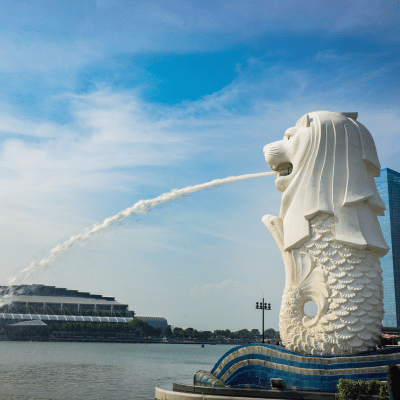 Singapore
Singapore
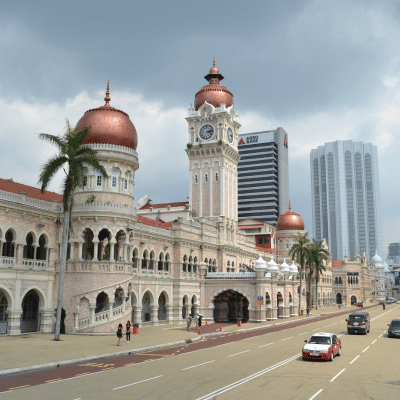 Malaysia
Malaysia
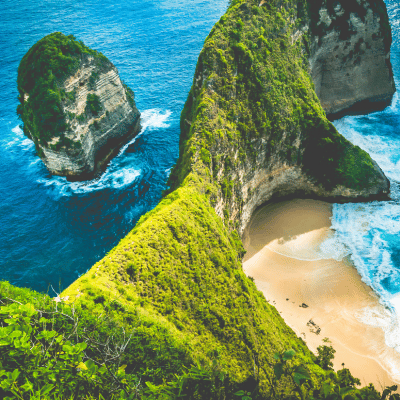 Indonesia
Indonesia
 Dubai
Dubai
 Thailand
Thailand
 China
China
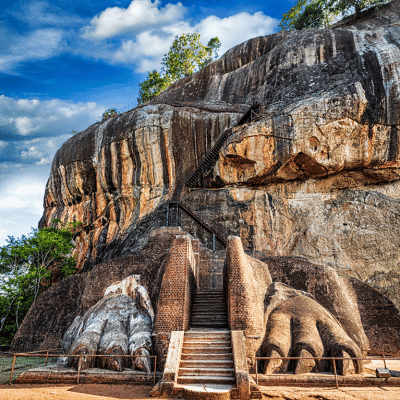 Sri Lanka
Sri Lanka
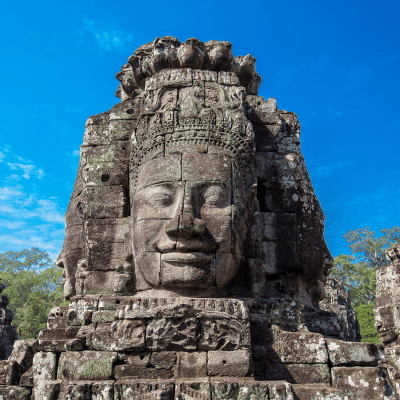 Cambodia
Cambodia
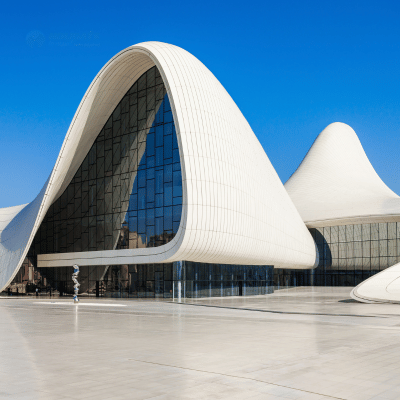 Azerbaijan
Azerbaijan
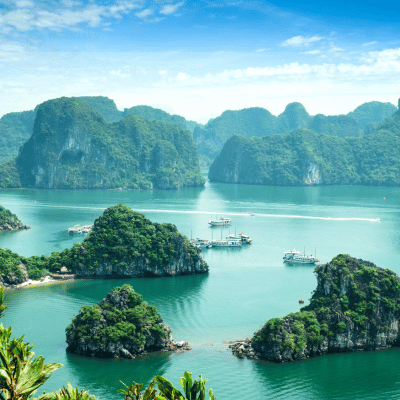 Vietnam
Vietnam
 Turkey
Turkey
 Japan
Japan
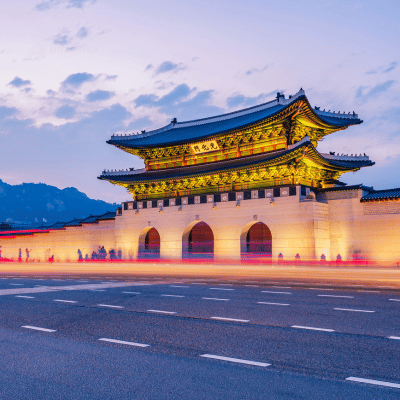 Korea
Korea
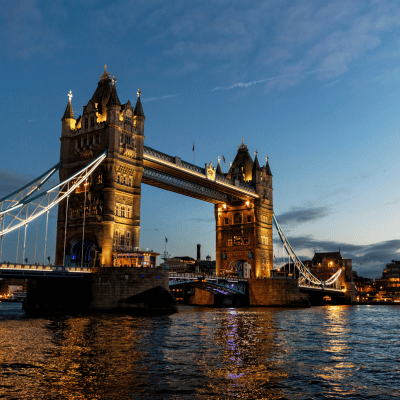 Europe
Europe
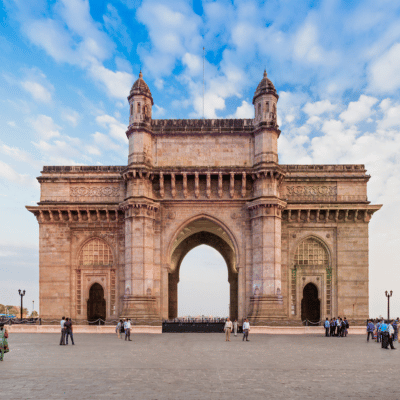 India
India
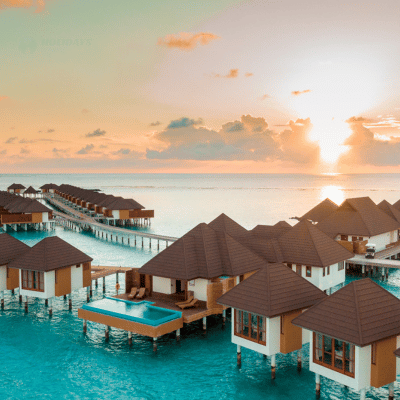 Maldives
Maldives
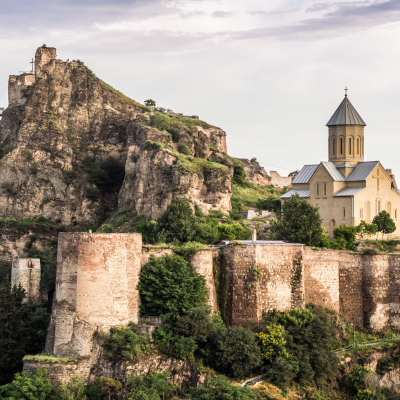 Georgia
Georgia
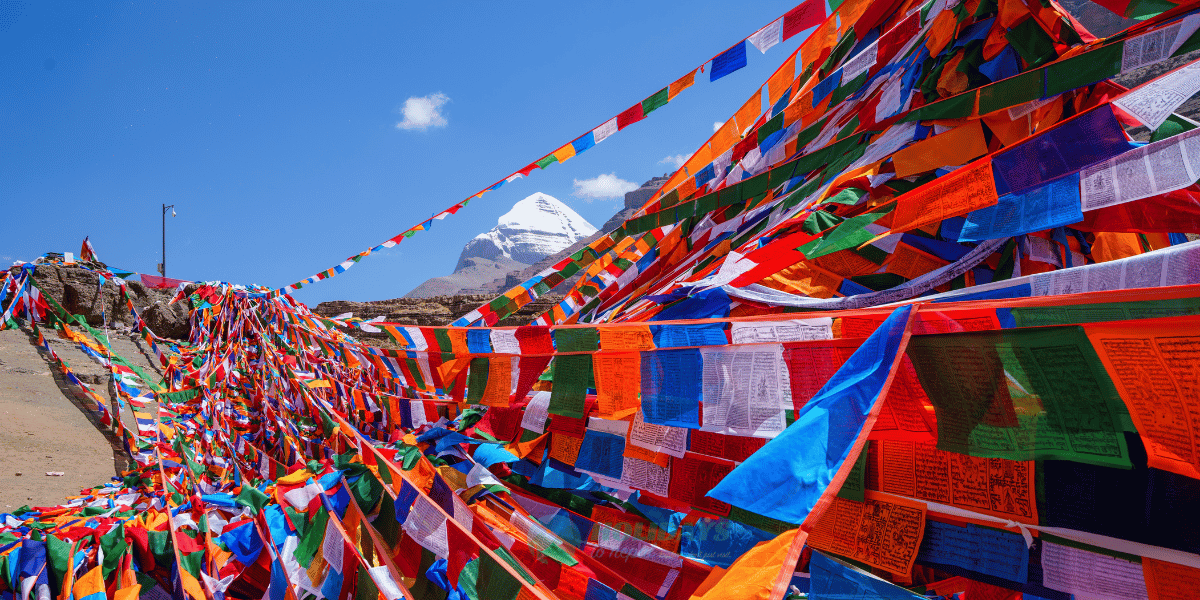
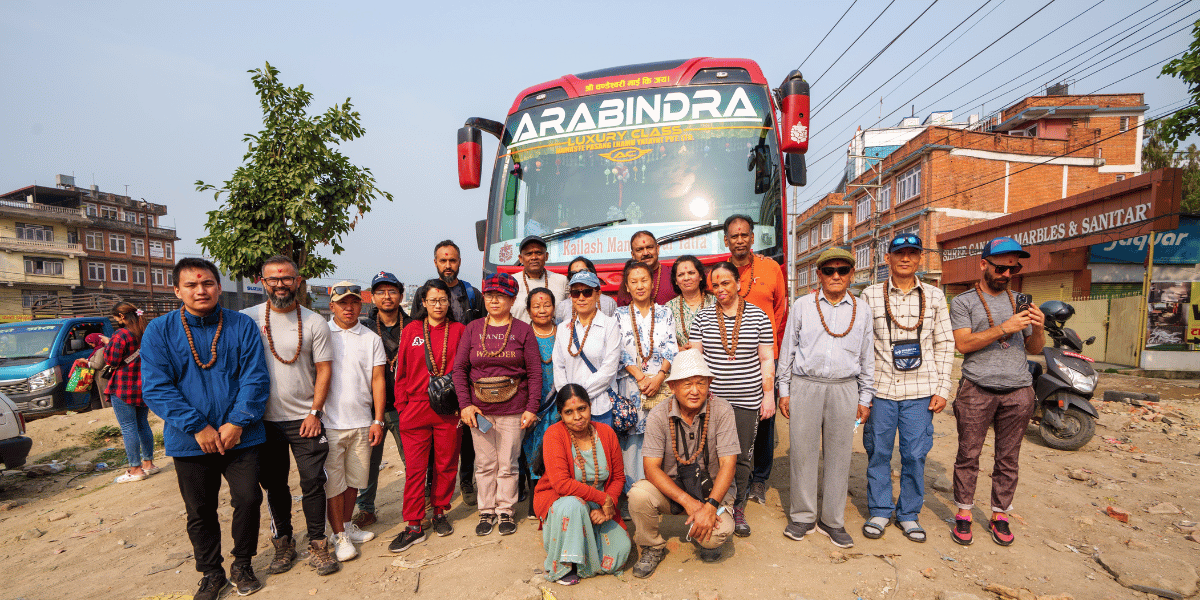
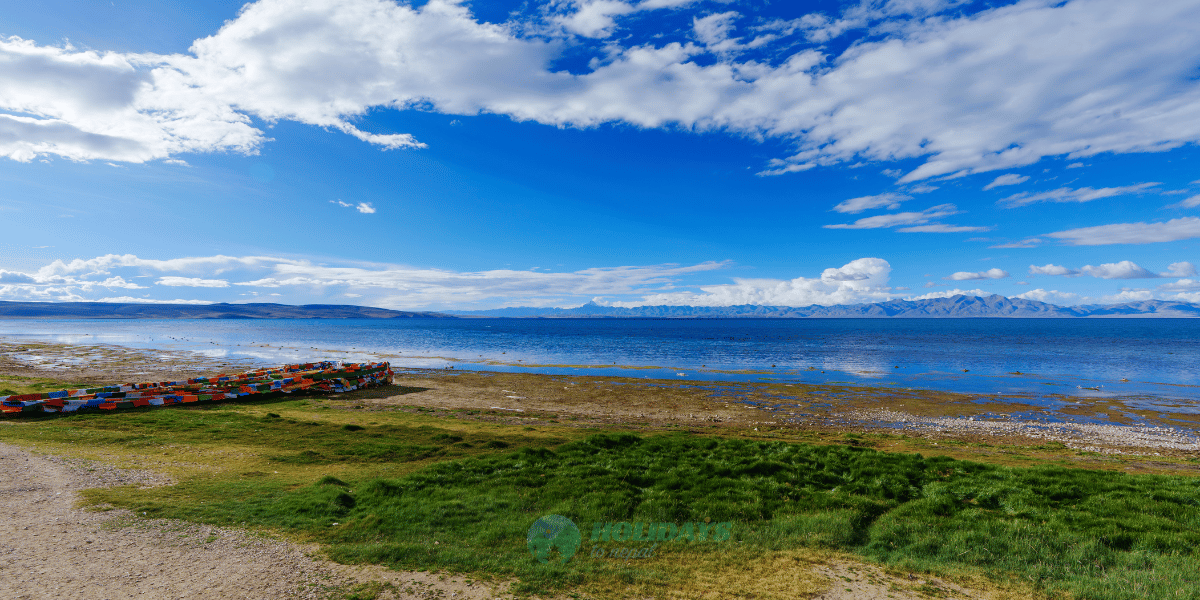
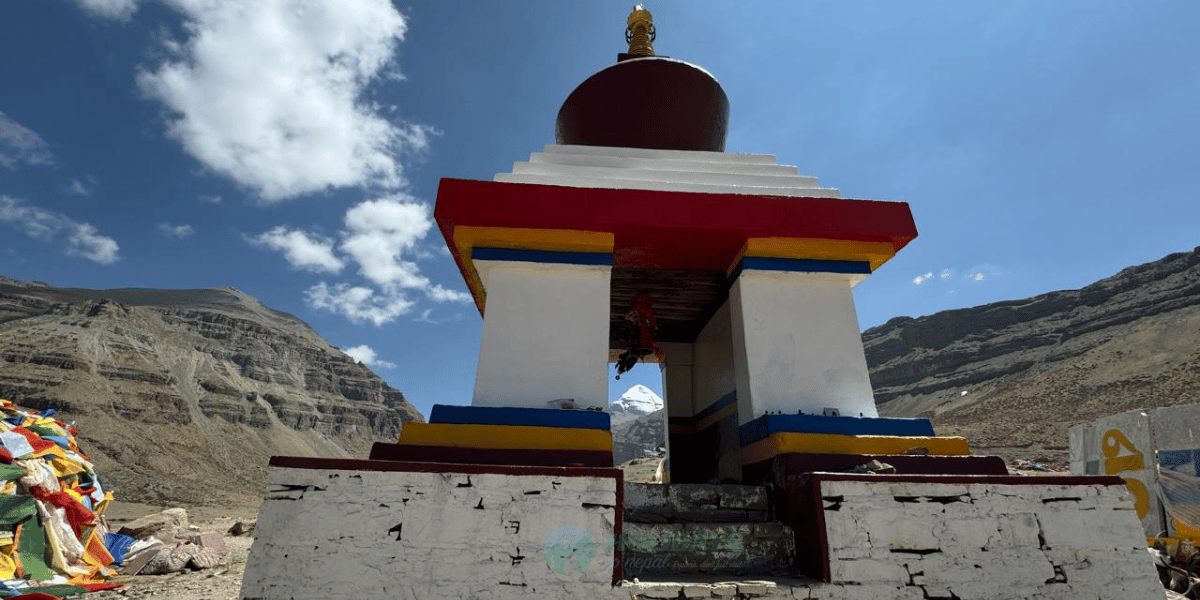

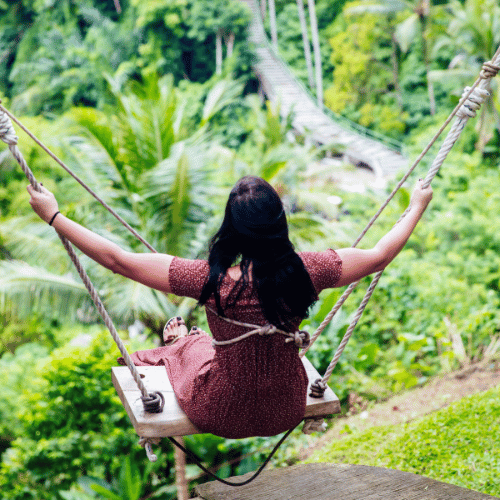
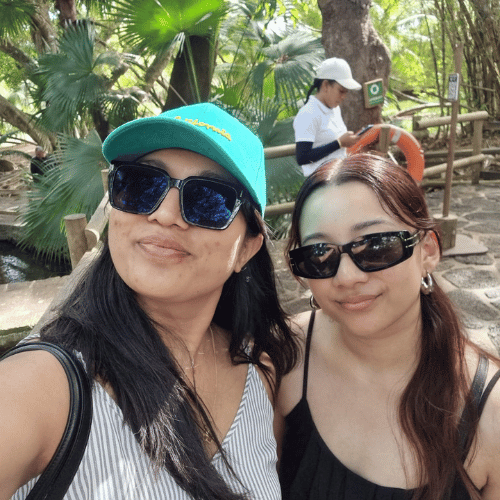
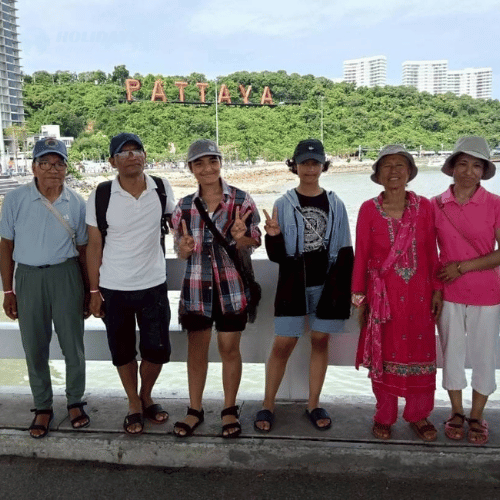
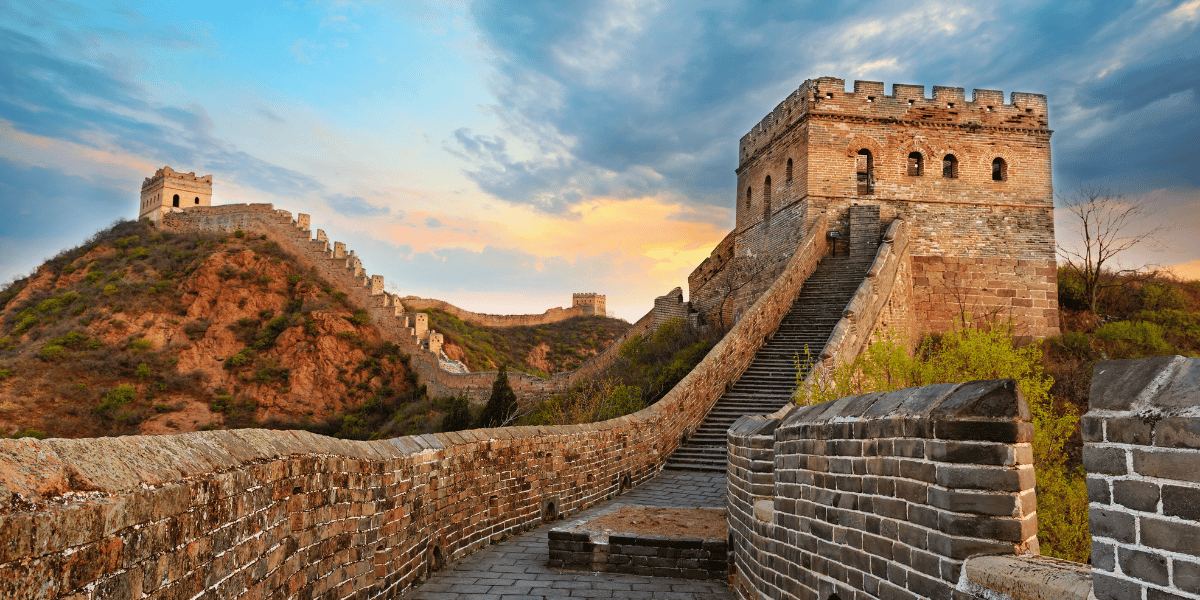
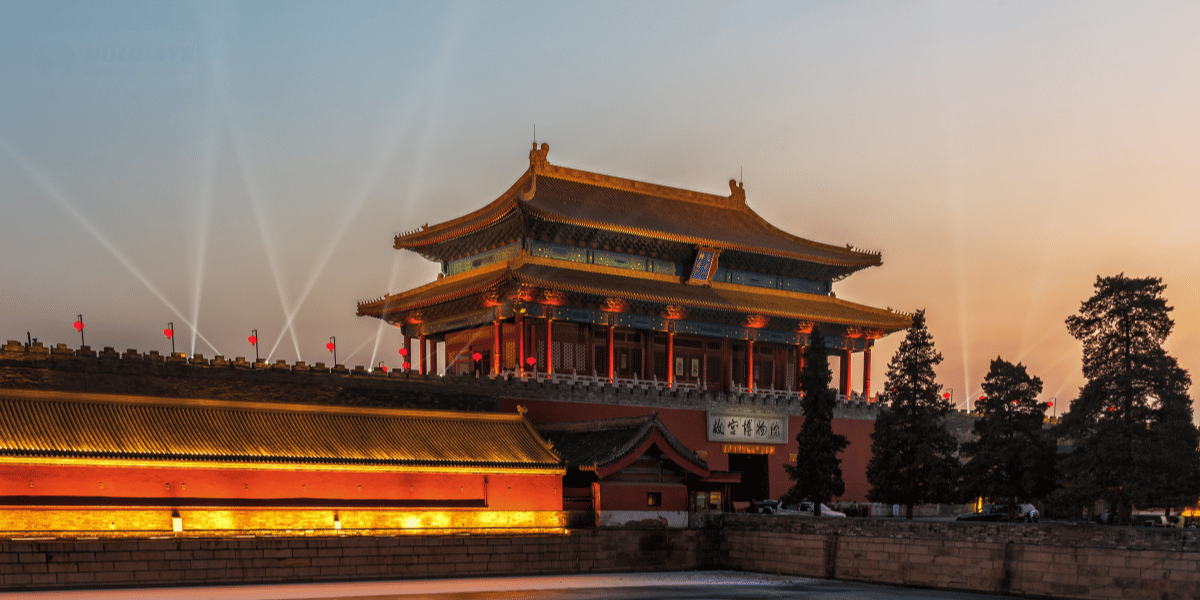
Thank you so much, Holidays to Nepal team, for their time and effort that they have put into our tour to make it memorable. Our holiday tour to Bali wouldn’t have been completed without your perfect and cosy planning. It was such a good experience, and I will definitely choose Holidays to Nepal for our next trip as well, and I highly recommend others choose them as their travel partner as well. Keep it up, and best of luck for more achievements.